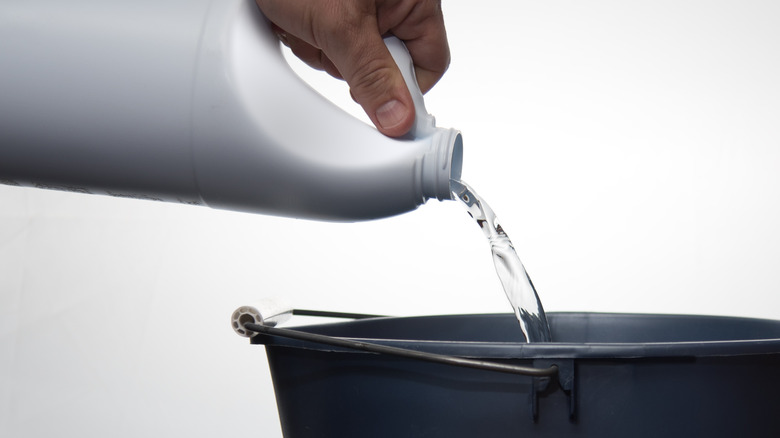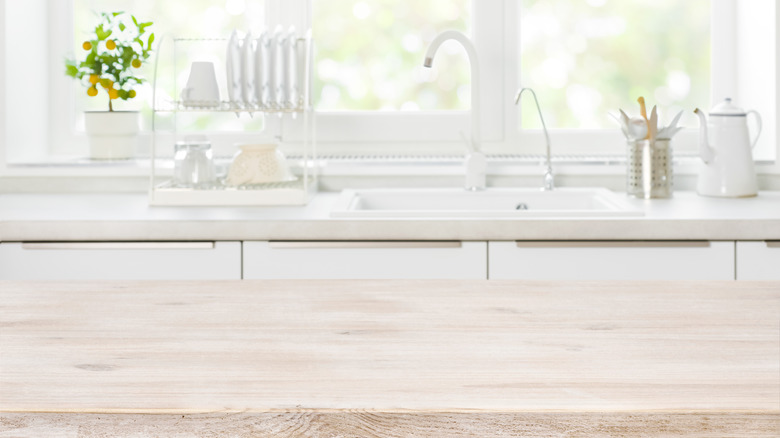How Safe It Really Is To Clean With Bleach
Some people use bleach to launder their whites, mop their floors, and clean the crevices of bathrooms, while others consider bleach a poison and will not keep it in the house. There is long-standing controversy and confusion about bleach, and we are here to clear that mess up once and for all.
According to the Clorox website, Bleach is made from sodium hypochlorite, a derivative of salt. The Clorox company reports that they began making bleach in California simply by running electricity through salt water. When using bleach to wash clothes, Clorox states that up to 98% of the bleach breaks down into oxidized salt and biodegradables, which makes it environmentally friendly.
Now, you may find this a bit bizarre, but in addition to washing clothes, bleach has also been recommended by the American Academy of Asthma, Allergy, and Immunity (AAAAI) as part of a "bleach bath" to wash the skin of those with certain skin conditions like eczema. Of course there are precautions to take, such as avoiding the eyes and overall head area, and this treatment should always be done under a doctor's orders, but bleach baths have proven to be helpful in certain circumstances (via Healthline).
Bleach is safe when used correctly
Bleach is safe when used properly, according to the Washington Post. Assistant professor and doctor of osteopathic medicine at Des Moines University, Thomas Benzoni, who also co-authored an article on bleach toxicity for the National Center for Biotechnology Information, tells the Washington Post that "bleach used correctly and lightly around the house to treat a surface on which you've cut poultry, for example, is good because it disinfects ... ." He goes on to say that while it is a disinfectant, it is not a cleaner.
According to Dr. Benzoni, the best way to clean and disinfect is to cleaning surfaces first using soap and water, let the surface dry, then apply bleach and let it sit for up to ten minutes before wiping the surface again with water (via Washington Post). He also recommends using gloves to avoid irritating the skin, and opening windows while bleaching, because it is an irritant to the eyes and lungs.
The biggest hazard of using bleach comes from the mixing of products, such as mixing bleach with ammonia. Dr. Benzoni reports that mixing these chemicals creates chlorine gas, an asphyxiant, which can result in critical circumstances if breathed in. To avoid hazardous reactions when cleaning, bleach should always be used alone and on dry surfaces.


